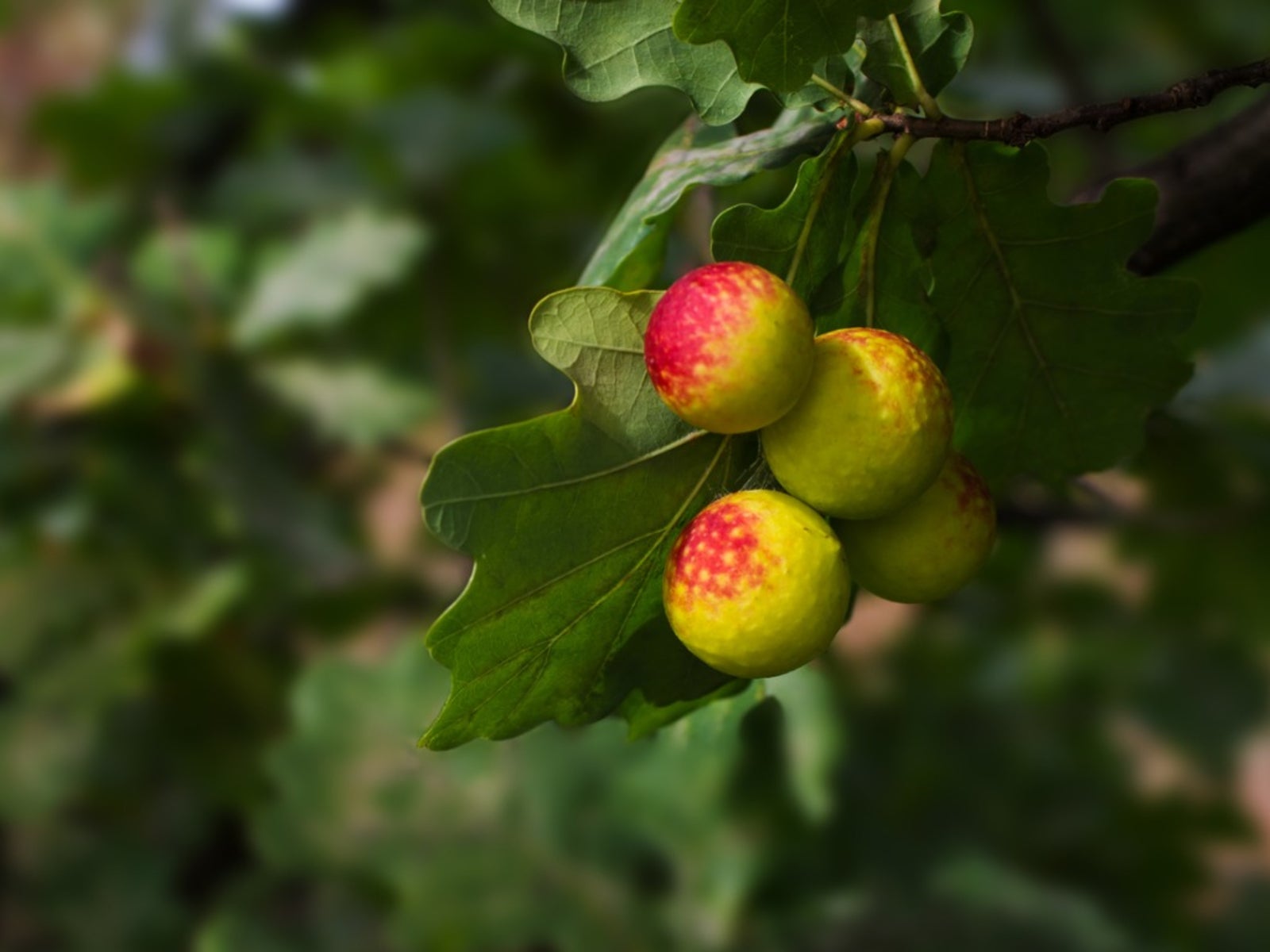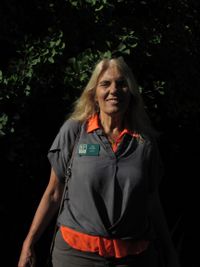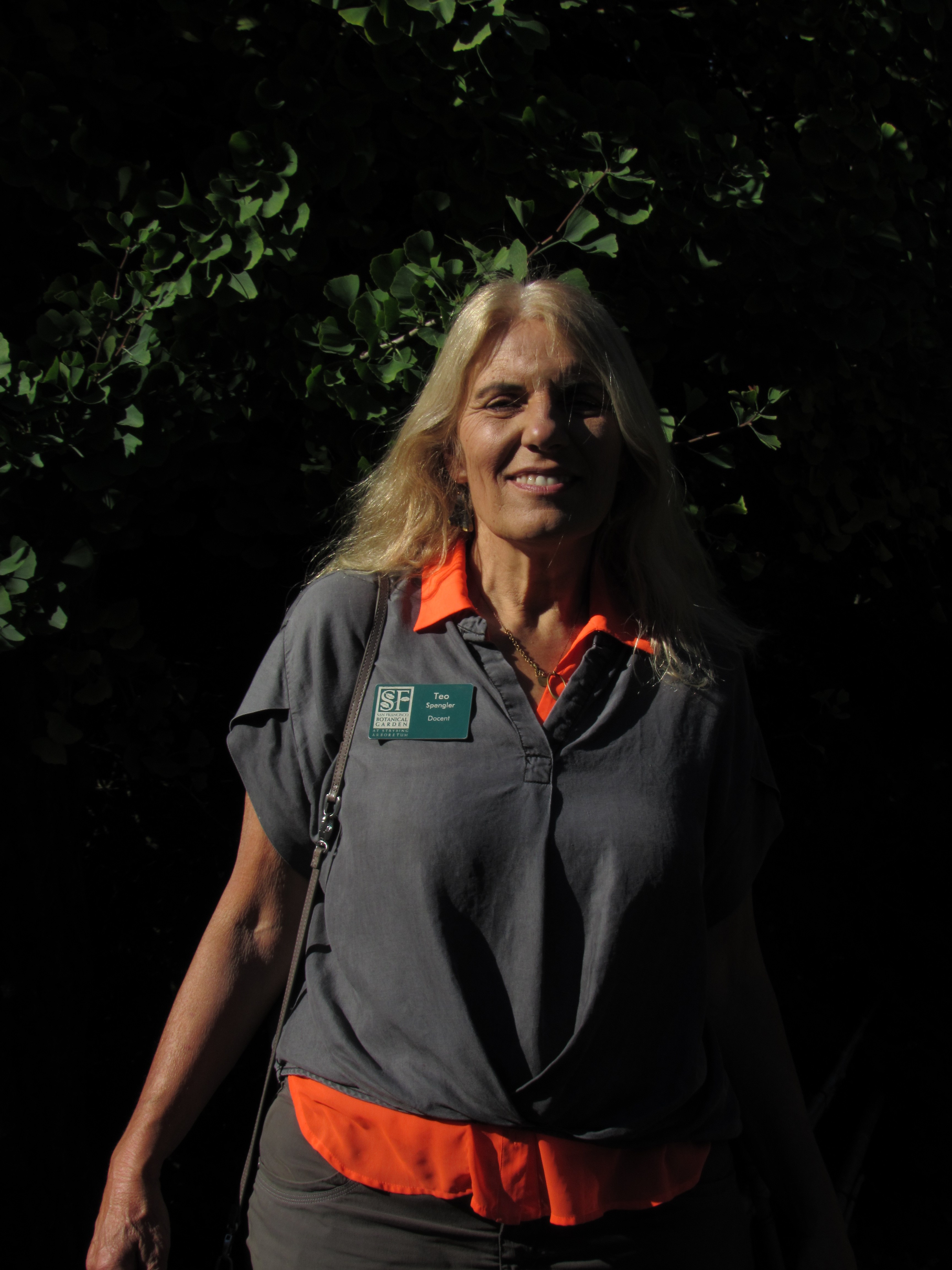Oak Apple Gall Info: How To Get Rid Of Oak Galls


Almost everyone who lives near oak trees has seen the small balls hanging in the tree branches, yet many still may ask: “What are oak galls?” Oak apple galls look like small, round fruit but they are actually plant deformities caused by oak apple gall wasps. The galls generally do not damage the oak tree host. If you want to know how to get rid of oak galls, read on for oak apple gall treatment.
Oak Apple Gall Information
So what are oak galls? Oak apple galls appear in oak trees, most often black, scarlet, and red oaks. They get their common name from the fact that they are round, like small apples, and hang in the trees. Oak apple gall information tells us that galls are formed when a female oak apple gall wasp lays eggs in the central vein on an oak leaves. When the larvae hatch, chemical and hormone interaction between the wasp eggs and the oak causes the tree to grow the round gall. Galls are essential to developing oak apple gall wasps. The gall provides a safe home as well as food for the young wasps. Each gall contains only one young wasp. If the galls you see are green with brown spots, they are still forming. At this stage, the galls feel a little rubbery. The galls get bigger as the larvae get bigger. When the galls dry out, the oak apple gall wasps fly from small holes in the galls.
Oak Apple Gall Treatment
Many homeowners assume that the galls damage the oak trees. If you think so, you’ll want to know how to get rid of oak galls. It is true that oak trees look odd after their leaves fall and the branches are hung with galls. However, the oak apple galls do not injure the tree. At the worst, a severe infestation might make leaves fall early. If you still want to know how to get rid of oak gall wasps, you can rid the tree of galls by snipping them off with a sterilized pruner before they are dry.
Sign up for the Gardening Know How newsletter today and receive a free copy of our e-book "How to Grow Delicious Tomatoes".

Teo Spengler is a master gardener and a docent at the San Francisco Botanical Garden, where she hosts public tours. She has studied horticulture and written about nature, trees, plants, and gardening for more than two decades. Her extended family includes some 30 houseplants and hundreds of outdoor plants, including 250 trees, which are her main passion. Spengler currently splits her life between San Francisco and the French Basque Country, though she was raised in Alaska, giving her experience of gardening in a range of climates.